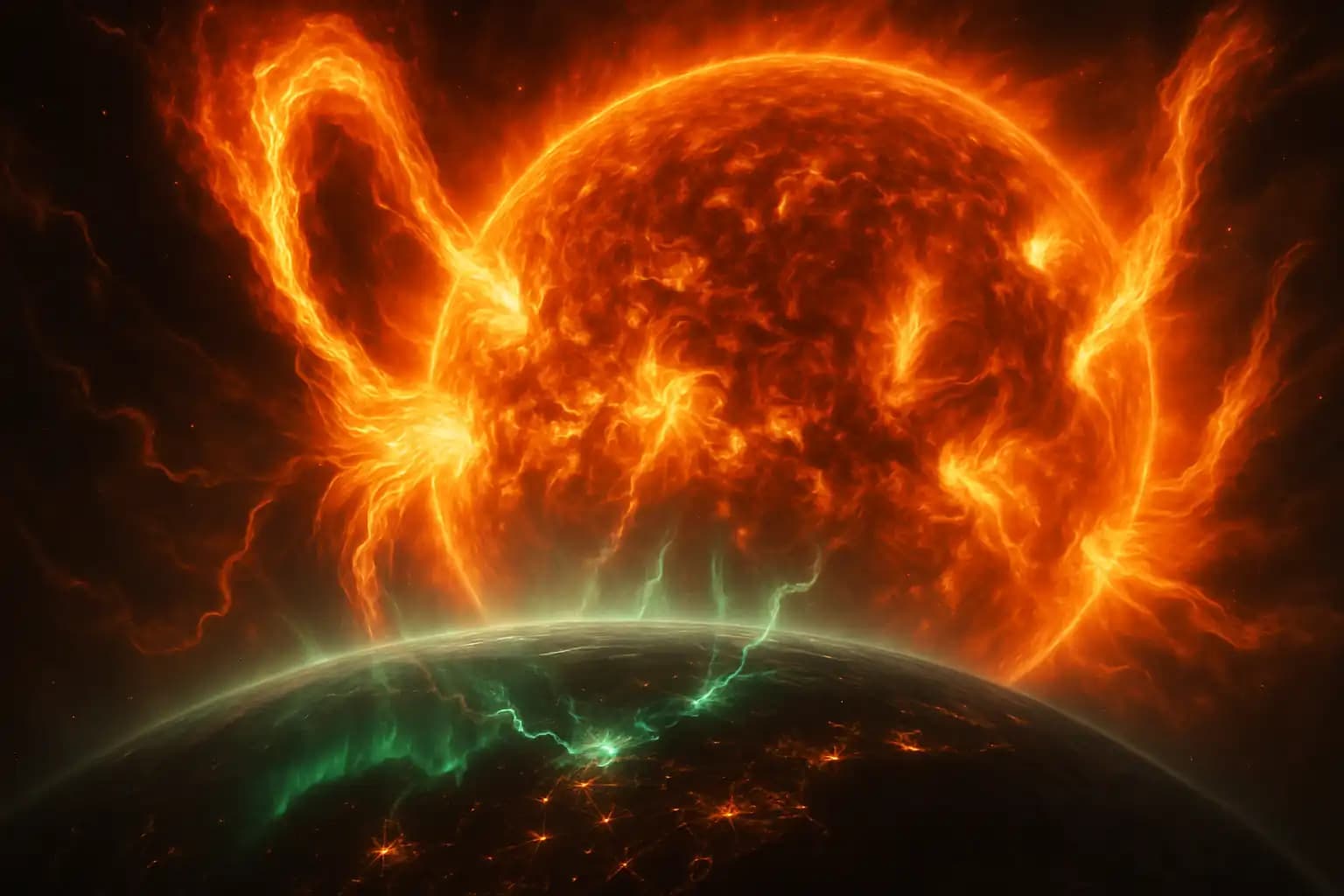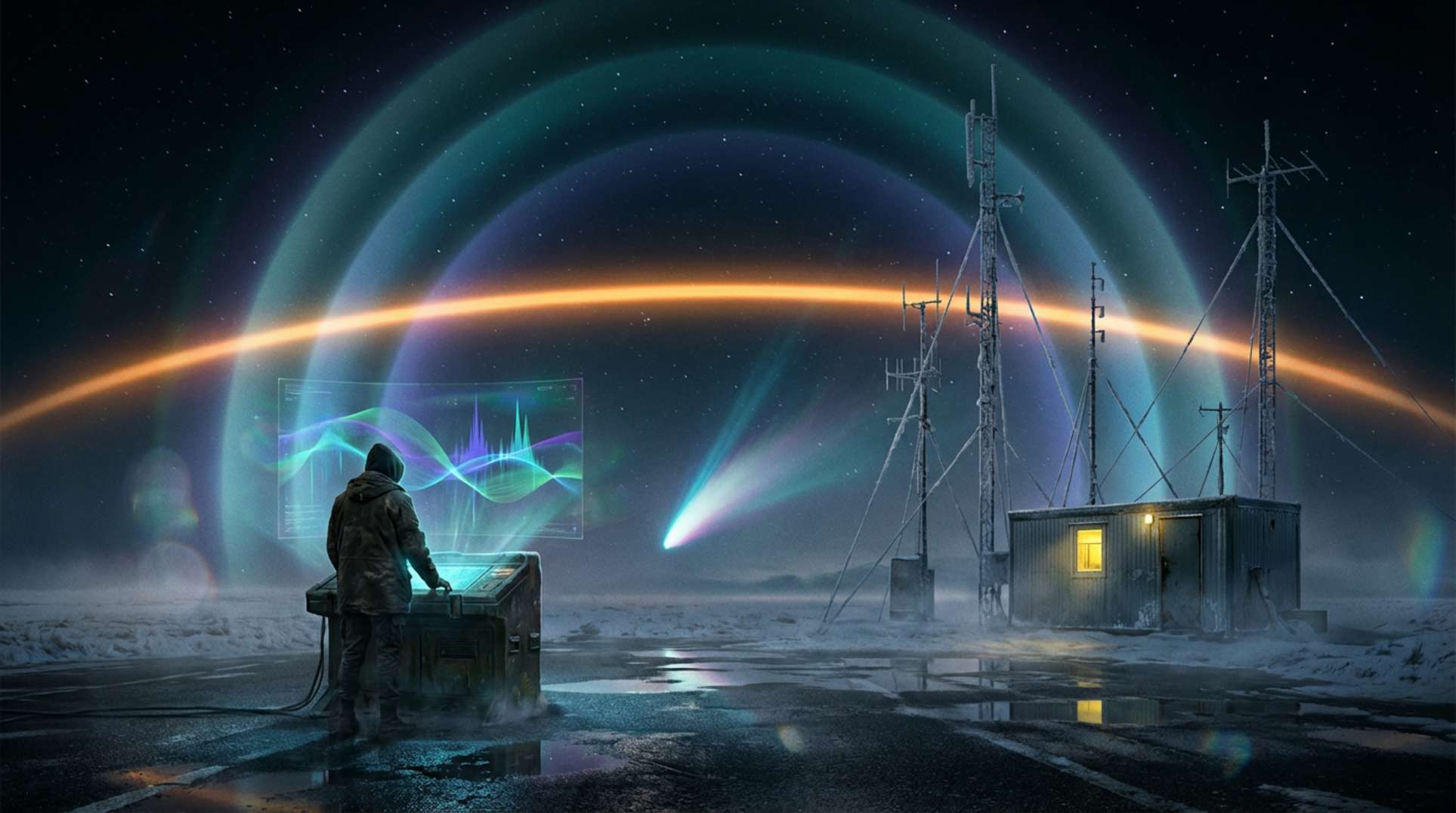Let’s get this out of the way: if you feel the Sun is making a dramatic comeback in 2024, you’re not far off base. Solar physicists and risk-obsessed internet communities have issued red alerts, and for good reason. New data from The Washington Post and NASA’s weather trackers confirm: the current surge of solar storms, flares, and coronagraphic outbursts ranks among the most energetic ever for a new cycle. With coronal mass ejections (CMEs) and intense geomagnetic storms bombarding Earth, are we witnessing a solar cycle that rivals legendary events like the Carrington Event of 1859? Or is this simply cosmic business as usual with a touch of Y2K-style hysteria?
This isn’t only an astronomer’s crisis. The warnings impact everything from airline and satellite operations to the standby instructions in every serious doomsday prepper playbook. If the Sun plans to rewrite the rulebook—or damage billions in infrastructure—you might want to have a few Faraday cages at the ready.
Solar Cycle 25: The Sun Flexes Its Muscles
Solar Cycle 25, which officially began in December 2019, has astonished forecasters by quickly reaching its upper energetic limit. Reports like NASA’s summary of the May 2024 solar maximum detail the fierce barrage of solar flares and CMEs. It has triggered stunning auroras far from usual locations—and possibly the strongest geomagnetic storm in over two decades. Even cautious skeptics admit this topsy-turvy maximum exceeds most predictions for solar activity.
Throughout May and early June, scientists observed unprecedented outbursts, culminating in strong M- and X-class solar flares—a trend tracked by real-time solar weather feeds. Whether Earth faces a doomsday-level CME remains uncertain, but comparisons to the 1859 Carrington Event arise not just in sensational headlines but in serious government reports and disaster simulations like the EMP grid preparedness report. It’s time to upgrade satellite shielding AND your anxiety medication.
Space Weather Science: Solar Flares, CMEs, and Earth’s Vulnerabilities
The anatomy of this “legendary” solar storm season is straightforward: it’s a contest between massive plasma outbursts (CMEs), electromagnetic radiation (solar flares), and Earth’s battered magnetosphere. Geomagnetic storms already spark auroras, disrupt high-frequency radio, and lead power grid operators—inspired by historical events detailed on EarthSky—to rethink grid redundancy plans.
Despite doomsday fears, legitimate risks persist. Models warn that particularly potent solar ejections, like those recently recorded, could knock out transcontinental power infrastructure and satellites, as occurred during smaller events chronicled in this superstorm case study. Even routine CMEs heighten concerns about a repeat of the severe, grid-threatening incidents referenced in these cycle anomaly analyses.
Solar Anomalies and the Challenge of Prediction
Space weather forecasting requires a brutal level of humility—solar science blends genius modeling with cosmic guesswork. Despite advanced satellites like the Solar Dynamics Observatory and the upcoming GOES-U, agencies like NOAA often get caught off guard. For instance, a surprise M3.2 class flare rocked forecasters, as discussed in recent solar activity updates. The Sun has a nasty habit of shifting gears with little warning, which is why preppers take no comfort in “official” reassurances from NASA’s cycle posts or the climatology consensus.
Globally, this space weather anxiety mirrors the cycles of uncertainty outlined in long-term risk research and ancient folklore in accounts of solar phenomena. Are these new solar flares a return to cyclical extremes seen over centuries, or the onset of an anomaly that could baffle historians—and disable a few satellites?
A Civilization on Edge: Prepping for Solar Outliers
No matter how much we trust our models, the current surge has sent caution waves through every sector. Airlines have rerouted polar flights, satellite operators checked emergency power modes, and grid managers at national utilities quietly dusted off backup plans straight from EMP fiction. Recent activity has sparked discussions about preparing for outlier events far more powerful than anything seen in previous solar cycles.
The question isn’t just whether we’re on the edge of legendary space weather, but how deeply our technology and supply chains remain vulnerable. If the next Carrington-level event strikes, the world will quickly learn how thin the line is between a light-speed civilization and a digital blackout. For those seeking a no-nonsense, thrilling look at scientific and real prepper-level reporting, keep watching Unexplained.co—because if history is any guide, when the Sun goes legendary, we all get a front-row seat… and maybe a backup generator.





